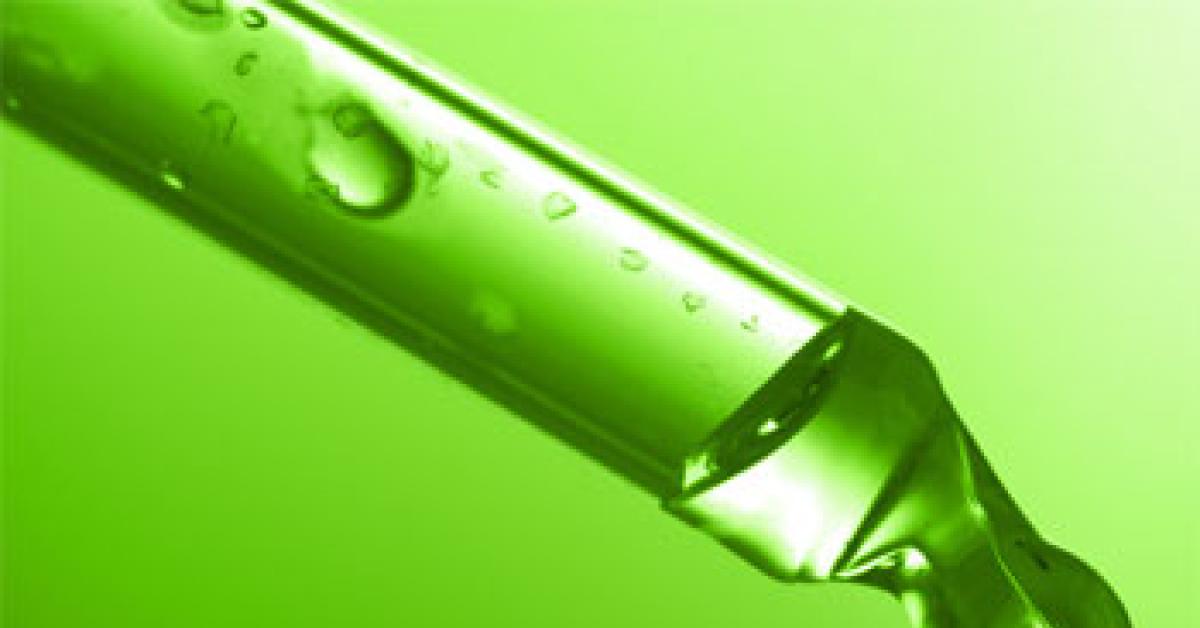CONCORD, N.C. — Some cleaners take the position that pre-spotting, in any form, is unnecessary. Some cleaners take the position that pre-spotting has gone out of style.
Some cleaners take the position that pre-spotting is too risky and leads to damaged clothes. Some cleaners have decided that, based upon their price point, pre-spotting requires effort and chemical tools that they just can’t afford.
I am here to make the case for pre-spotting, that it will contribute to the success of the overall cleaning process.
Stains can be classified into four general categories: solvent soluble, chemically soluble, water soluble, and insoluble.
Solvent-soluble stains are those that are readily broken down by the immersion solution being used in the drycleaning machine.
Chemically soluble stains are those stains that are readily broken down with supplemental chemical tools available to the cleaner/spotter.
Water-soluble stains are those that are readily broken down by water in some form and/or supplemental chemical tools that include water as a component.
Insoluble stains are stains that are not readily broken down by any means and must be removed by lubrication and mechanical action.
SOLVENT SOLUBLE
Solvent-soluble stains are usually removed in the drycleaning machine. These stains are characterized by light oils and greases. Note that I used the term “light.” Any alteration to the basic make-up of the stain will complicate stain removal. Dealing with grease that was hot when it contacted the garment, or has been neglected since staining the garment, will complicate removal. To improve the odds of success, this oxidized grease can be pre-treated easily with POG before cleaning prior to solvent immersion. The same concept applies when the grease is brown, charcoal or black, which reflects a layer of contamination.
CHEMICALLY SOLUBLE
Chemically soluble stains are characterized as those which require additional tools to achieve effective stain removal. These stains may be dry cleaned and then post-spotted, but it is more effective to treat them on the dry side, and then flush with a general spotter, prior to cleaning.
Breaking down stains such as paint, glue and nail polish prior to cleaning will eliminate the need for more aggressive stain-removal tools and more aggressive mechanical action than is necessary in post-spotting. Flushing the area with a general pre-spotter/leveling agent will virtually eliminate circles and recleans. Chemically soluble stains should be pre-spotted to speed throughput and to significantly reduce garment stress caused by the more aggressive techniques associated with post-spotting.
WATER SOLUBLE
Water soluble stains are, by characteristic, seldom removed by dry cleaning. Even at the highest level of relative humidity allowed by Federal Trade Commission standards (75%), water-soluble stains require water to ensure their complete removal. Stains such as red wine, mustard and blood require not only water but also specific chemical tools to completely remove them.
Blood represents a sub-category of water-soluble stains comprised of stains that originate with animals. These are referred to as protein stains. They will require a water-based chemical tool with an alkaline pH.
At the steam spotting board, place the stained area over the vacuum nose and flush the area by depressing the steam and vacuum at the same time. This simple action will remove much of the surface stain, eliminate surface tension, and heat the area to accelerate the action of any chemical tools used later.
Place the stained area over the solid portion of the spotting board. Apply a few drops of NSD, followed by light mechanical action. Next, place the area over the vacuum nose and flush the stain with steam. This procedure will remove some, or even all, of the stain. Place the remaining stain over the solid portion of the board and apply a protein stain remover, along with mild mechanical action. Finally, place the stain over the vacuum nose and flush away what’s left of the stain.
Wine and mustard represent a sub-category of water-soluble stains comprised of stains that originate with plants. The protocol for removing tannin stains is the same as with protein stains, except for using a tannin formula in place of a protein formula.
When you have completed pre-spotting a wine or mustard stain with water, you must dry the area completely. Moisture left by spotting a garment on the wet side presents a risk of redeposition of soils, removed from other garments in the load, on the moist area of the spotted garment. Gain some added protection against this possibility by covering the spotted, dried area with a leveling agent to emulsify any remaining moisture.
INSOLUBLE
Insoluble stains are, by characteristic, stains that do not break down. Lubrication and mechanical action can remove insoluble stains. Taking the additional step of applying an oily-type paint remover and mechanical action prior to cleaning will contribute to stain removal.
Proper stain removal is a logical expectation of our clients. Pre-spotting is an effective way to increase the volume of stains removed the first time they are cleaned, and to reduce the number of “Sorry” tags you have to use.
Have a question or comment? E-mail our editor Dave Davis at [email protected].

